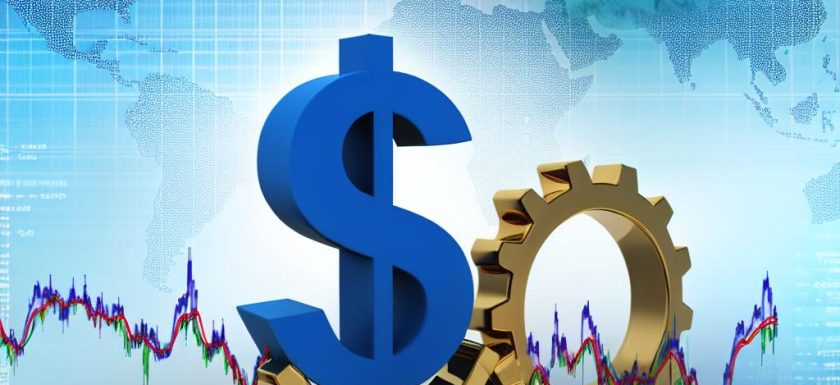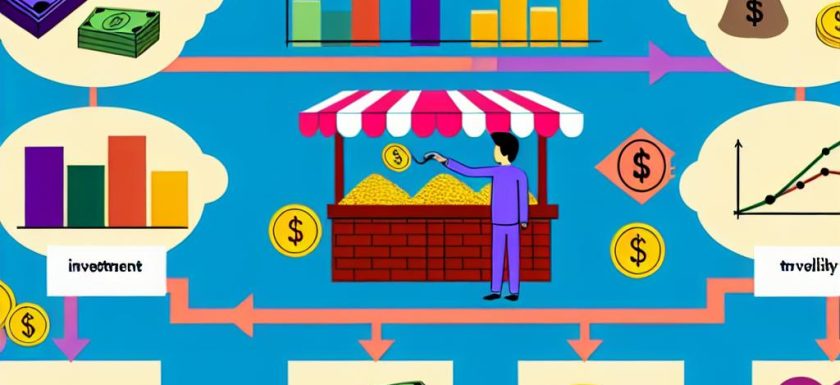
Understanding the Relationship Between the U.S. Dollar and Commodities
Introduction The relationship between the U.S. dollar (USD) and commodities represents a foundational aspect of global economic dynamics. This interplay influences various spheres, including international trade, investment strategies, inflation rates, and the overall trajectory of economic growth. Understanding this complex relationship offers valuable insights into how market conditions affect commodity prices, shaping the financial decisions of businesses, investors, and policymakers worldwide. The U.S. Dollar as a Global Currency The U.S. dollar has earned its reputation as the world’s preeminent reserve currency, a status attributed to several factors including the United States’ substantial economic size, political stability, and integral role in international finance systems. As aRead More →


